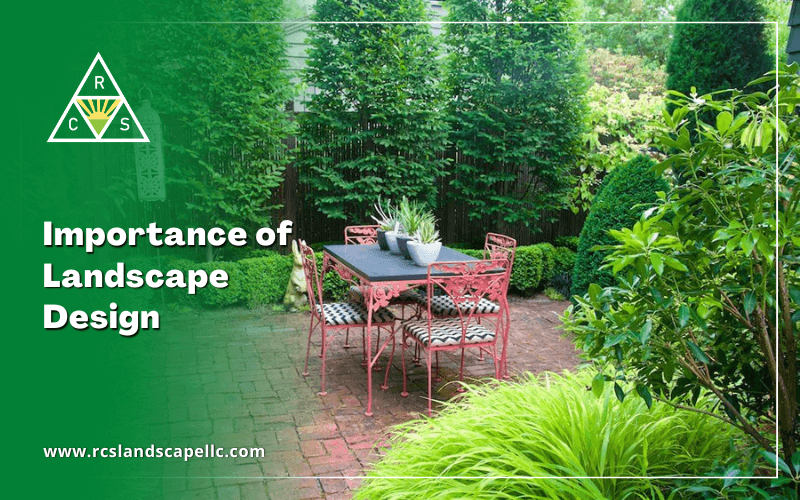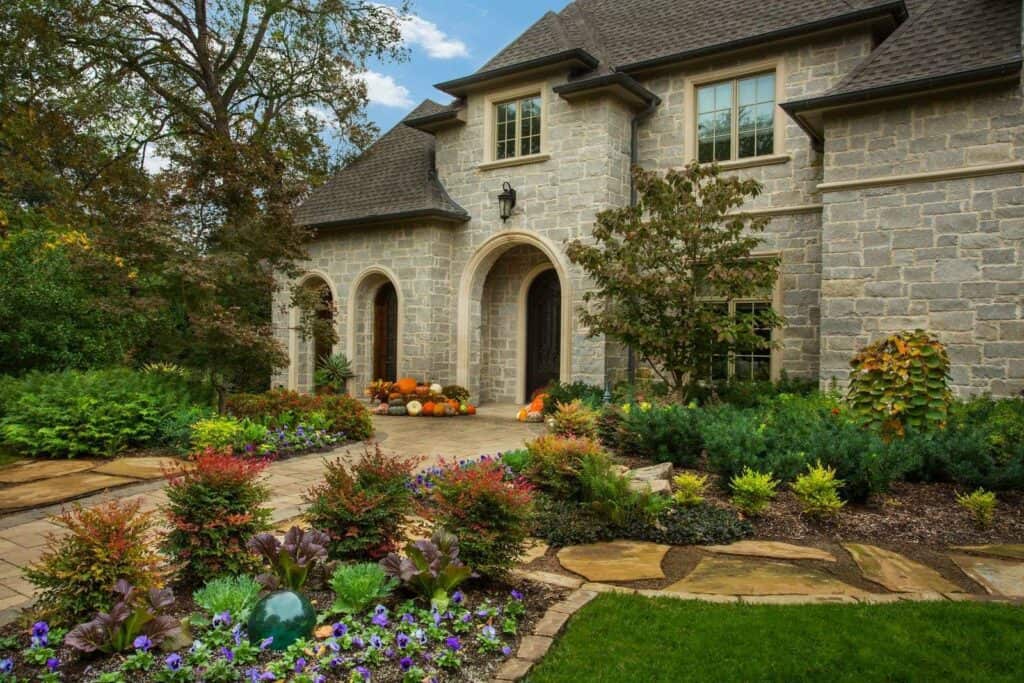Getting The Landscape Design To Work
An Unbiased View of Landscape Design
Table of ContentsAll about Landscape DesignGet This Report on Landscape DesignLandscape Design Fundamentals ExplainedEverything about Landscape Design
When creating a domestic landscape, the most crucial action is to place an intend on paper. Developing a plan of attack will save you money and time and is more probable to result in a successful design. A master plan is created via the 'design process': a step-by-step method that considers the ecological conditions, your desires, and the components and concepts of style.The five steps of the design procedure include: 1) carrying out a website stock and analysis, 2) determining your needs, 3) creating useful layouts, 4) establishing conceptual layout plans, and 5) drawing a final design strategy. The very first three actions establish the aesthetic, useful, and horticultural requirements for the layout. The last 2 steps after that apply those needs to the production of the final landscape strategy.
This is a vital step for both plant selection and placement and locating family activities and features. It is essential because the exact same environment conditions that influence the plantstemperature, humidity, rain, wind, and sunlightalso influence you, the user. The next action is to make a list of your requirements and desiresthis helps you establish how your backyard and landscape will be utilized.
The useful diagram is after that used to find the activity areas on the site and from this representation a conceptual strategy is created. The last step is a final style that consists of all the hardscape and planting information that are required for installment. Throughout the style procedure there are ten important points to take into consideration: for plant option and task location by considering what you want and need to assist determine forms and arrange areas by assigning task locations and relating to elements for both the atmosphere and the customer by utilizing massing and layering strategies such as shift locations and prime focus in the materials, the colors, and the surface area appearances for the growth and upkeep of plants by utilizing sustainable design methods A comprehensive stock and analysis of the site is vital to determine the environmental conditions for plant growth and the finest usage of the website.
Unknown Facts About Landscape Design
The kind of dirt determines the nutrients and moisture available to the plants. It is always best to utilize plants that will prosper in the existing soil. Although dirt can be changed, change is frequently pricey and many times inadequate. Existing plants can offer hints to the dirt type. Where plants expand well, note the soil problems and make use of plants with comparable expanding demands.

Sun/shade patterns, the amount and size of exposure to sun or color (Number 1), develop microclimates (in some cases called microhabitats) - Landscape Design. Recording site conditions and existing vegetation on a base map will reveal the location of microclimates in the lawn. Plants normally come under one or 2 of four microclimate categories-full sunlight, partial shade, shade, and deep color
The Best Guide To Landscape Design
Utilities such as power lines, septic storage tanks, underground energies and roof overhangs figure out plant area. Make use of a land surveyor's plat of your home for the limits and area of your home.


Identify the time and money you are ready to place into maintaining the plants and hardscape-be realistic about your intents and ability. Suggested use areas. Credit Report: Gail Hansen, UF/IFAS There are many different landscape style styles- from easy to complex, but it is valuable to pick one to guide your plant and product choice.
Lots of people locate it useful to search in horticulture magazines and publications for concepts. This is a good start, but know that the gardens in the photos were selected Check This Out due to the fact that they are exceptional examples. Take a look at the images with an essential eye to gather ideas that you can adapt to your enthusiasm level, your budget plan and your site.
Choose if you wish to open your yard, shut your yard, or a little of both, to these sights (Landscape Design). To put it simply, do you desire the garden to enclose the room around you and relate primarily to the house, or do you desire the garden to open sights and look outside, associating with the environments? This will offer you a starting indicate think of a theme
Some Known Details About Landscape Design
Every yard should have a form theme, but not all gardens have a style motif. Lots of property gardens have no certain style other than to blend with the house imp source by repeating information from the style such as products, color, and form.
In a kind motif the company and form of the areas in the yard is based either on the shape of the home, the shape of the areas between your home and the building borders, or a preferred form of the property owner. The kind theme identifies the shape and company (the format) of the areas and the web links between them.
